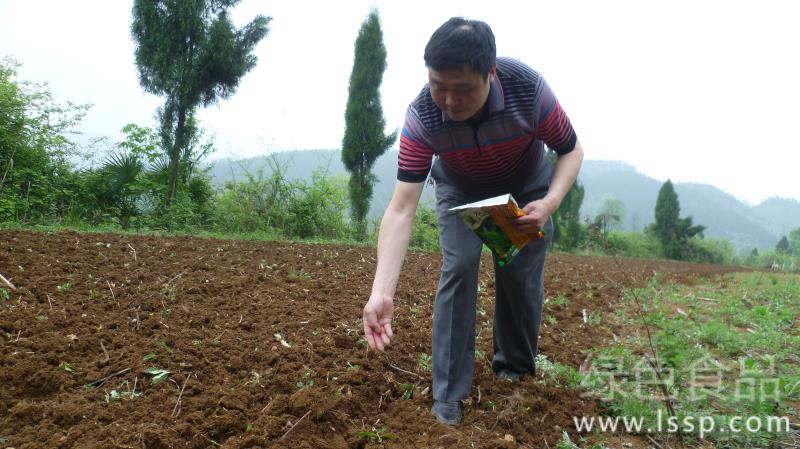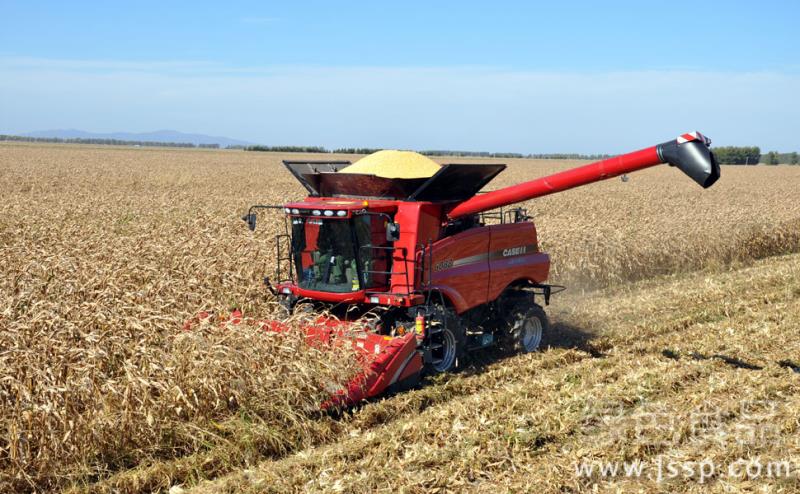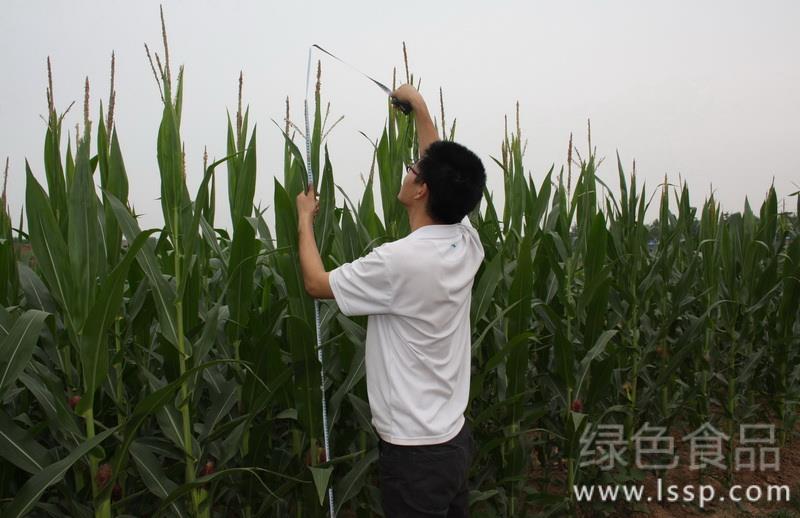The sowing method is very important. Several key points of corn sowing technology.

corn planting
With the increase of yield, the effect of sowing technology on yield gradually strengthened. Sowing techniques include seed selection, soil moisture preparation, reasonable density, sowing method, sowing quantity and sowing depth.
1. Seed treatment: sunning seeds. After the sun drying corn seeds, after sowing water absorption fast, germination early, emergence neat, high emergence rate, seedlings stout.
2. Seed soaking and dressing. Soaking seeds in clear water is mainly to supply water and promote germination. Soaking seeds with chemicals mainly include potassium dihydrogen phosphate and trace elements, but if the concentration of soaking seeds is too high or the soaking time is too long, the seeds are easy to be poisoned and suffer, reducing the germination rate. Seed dressing with pesticides can control pests and diseases. Seed coating is the coating of seeds with a drug. Coated seeds have the ability of disease resistance, insect resistance and promotion of rooting and germination after sowing, so they should be used for local diseases and insect pests.
3. Careful preparation of soil moisture: soil moisture is the key to affecting the quality of seed emergence. Good moisture content, flat land, easy to seed depth consistent, neat and uniform emergence. An important link of soil moisture preparation before sowing is the adjustment of soil moisture. Seasonal drought often occurs after wheat harvest, which deteriorates the moisture content of corn sowing. Therefore, yellow water is often used to supplement soil moisture in production.
4, reasonable density, determine the sowing rate: reasonable density should consider the characteristics of varieties. Secondly, if the soil fertility and fertilizer amount are large and reasonable, the appropriate density will be large. In areas prone to drought and without irrigation conditions, planting density should be thin.
5, determine the sowing depth: sowing depth is generally 5cm-6cm is appropriate. In the clay with good moisture content, it should be properly shallow, with 4cm-5cm as appropriate. Loose sandy loam, should be appropriate deep sowing, 6 cm-8cm is appropriate. If the soil moisture is large, it is not suitable for deep sowing, and the soil should be properly deep sowing.
6, suppression after sowing: after sowing, cover the soil, to be properly suppressed, heavy suppression in drought, and excessive soil moisture, do not suppress.
7. Appropriate seed fertilizer application: Appropriate seed fertilizer application can provide sufficient nutrients for seedling cultivation, promote seedling growth and enhance resistance to adverse factors such as drought, low temperature and disease. Seed fertilizer includes a small amount of nitrogen, phosphorus, potassium and trace element fertilizer. The amount of seed fertilizer used should be controlled and the seed fertilizer isolated to avoid burning seedlings. Generally, 5kg-8kg diammonium phosphate is applied per mu, and the effect is good.
If there is a lack of plants and seedlings after sowing, but there is no obvious lack of row and ridge breaking phenomenon, two plants can be reserved to supplement the density at the time of seedling determination in the adjacent plant hole of the lack of plants; crops with strong shade tolerance such as soybean and potato can also be planted in the area with serious lack of row and ridge breaking. If only half of the seedlings emerge, intercropping crops can be sown. When the seedlings are less than half, it is suggested to destroy the seeds and replant them.
- Prev

Guarantee of high yield and bumper harvest key points of mechanized harvesting technology of corn
Guarantee of high yield and bumper harvest key points of mechanized harvesting technology of corn
- Next

Control techniques of maize diseases and insect pests in ear stage during key period of yield formation
Control techniques of maize diseases and insect pests in ear stage during key period of yield formation
Related
- Fuxing push coffee new agricultural production and marketing class: lack of small-scale processing plants
- Jujube rice field leisure farm deep ploughing Yilan for five years to create a space for organic food and play
- Nongyu Farm-A trial of organic papaya for brave women with advanced technology
- Four points for attention in the prevention and control of diseases and insect pests of edible fungi
- How to add nutrient solution to Edible Fungi
- Is there any good way to control edible fungus mites?
- Open Inoculation Technology of Edible Fungi
- Is there any clever way to use fertilizer for edible fungus in winter?
- What agents are used to kill the pathogens of edible fungi in the mushroom shed?
- Rapid drying of Edible Fungi

